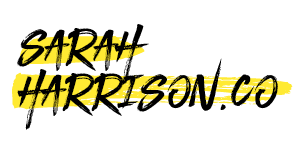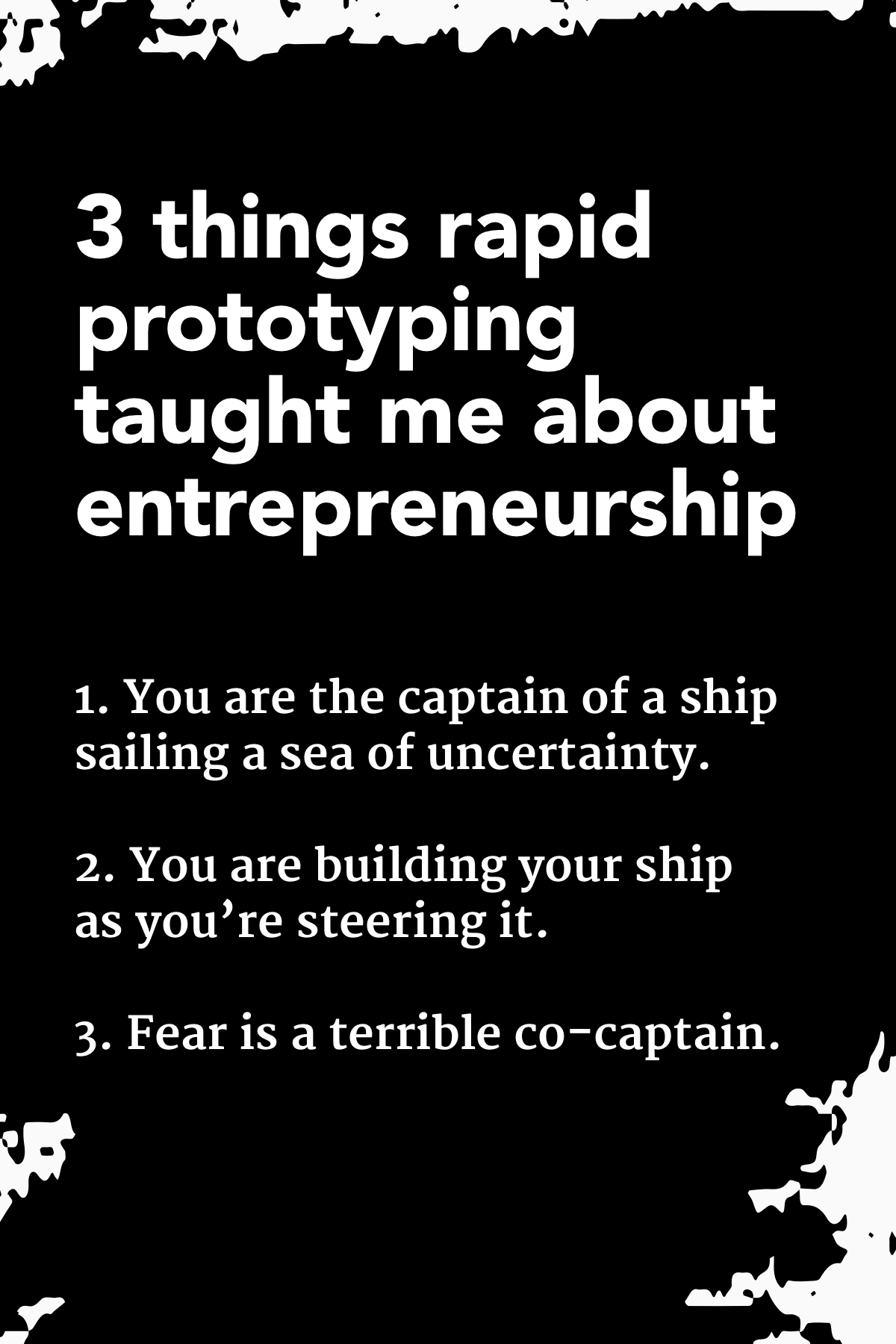3 things rapid prototyping taught me about entrepreneurship
Like this post? Pin it to Pinterest!
Originally published at backstage.thedetermined.co
A couple years ago, I quit my startup job as a head of product / UX designer and became a fellow at Factory X, an experimental venture foundry headed by Tom Chi from Google X. I worked with Tom and the Academy team (now Prototype Thinking Labs), learning the Prototype Thinking methodology and coaching early stage entrepreneurs and their teams through the process.
I walked away with a new love for facilitation, user testing, and the mindset for rapid prototyping. I’ve since taken those tools and combined them into the Remix process we use at the consulting agency I’ve co-founded, The Determined.
Co-founding this company has also given me the opportunity to apply the process to my own work, which has helped me gain a new appreciation for the mental state required to be successful as an entrepreneur embracing rapid prototyping.
Here are a few ideas for you to consider when starting a venture of your own:
1. You are the captain of a ship sailing a sea of uncertainty. You don’t know what you don’t know. You never know as much as you think you know. So basically it’s dark, foggy, your compass doesn’t work, and your maps might not even be to scale. Navigating this sea of uncertainty is your job.
One team I worked with discovered after two days of testing that the startup idea they sold to their investors wasn’t going to fly.
Imagine knowing with absolute certainty that the concept someone just gave you millions of dollars to build will fail.
The founders were confused, head in their hands, moaning about what they’re going to tell their investors. Thank goodness it only took them two days to figure that out!
What do you do now? Well, you pivot. You use the feedback you’ve gathered so far to figure out what will work. You have to learn to be comfortable with uncertainty while you put out more experiments to see if something hits.
2. You are building your ship as you’re steering it. If building the perfect ship is your goal, you will drown before you’ve even started. You need to get comfortable with putting your work out into the world before it’s “done”, or before it feels good enough to show. Way before.
This requires you to perform a juggling act between your future vision and your present experiment. You need to simultaneously hold onto that big moonshot idea of yours, but get there with teeny tiny tactical baby steps.
The startup I mentioned earlier envisioned a really cool platform that would enable people to coach each other through difficult times. But how to get people talking and sharing meaningful information with strangers?
They realized the vision they had wouldn’t work the way they were about to design it. Nobody would engage. So they started figuring out what might work.
One theory — artificially intelligent chatbots. Sure, that’ll probably be cool someday. But let’s start maybe with some manually programmed bot scripts backed by a few professional coaches to get the conversations rolling? Now we’re talking.
If you try to go big right out of the gate, you’ll miss. This doesn’t mean selling yourself short, or letting go of your big idea. You have to hold the vision, trust the process.
That process involves putting work out there based on whatever data you have at the present moment. As you create the work, you gather more data, and things change. And once you put work out into the world or in front of testers, you learn what you need to know to make your next move. So learn quickly and move often if you want to go far.
3. Fear is a terrible co-captain. As you navigate the turbulent sea of uncertainty, learn to ignore or disable the blinking dashboard light that says “uncertain waters ahead” — it’s just going to keep flashing, nothing new to see here.
We love to say “trust your gut” these days, but when your gut is twisted up from fear of failure, fear of the unknown, fear of looking like a fool, what you need to trust is data.
You notice you’re uncertain about what to do next? You design an experiment, build a quick prototype, test it, collect some data. You just earned some certainty you can use to plan your next move.
…
When you get comfortable with starting ugly and putting your work out there while it’s still being developed, you maximize your rate of learning and can make informed decisions faster.
And when you are able to show up, be vulnerable, and ignore your fear, or use it to help you know when it’s time to get more data, you will earn the respect of your team, you’ll be able to gain insights and work collaboratively, and the whole vessel will be smooth sailing as you make your way through those uncharted waters.



